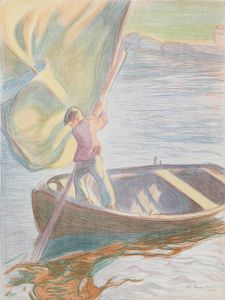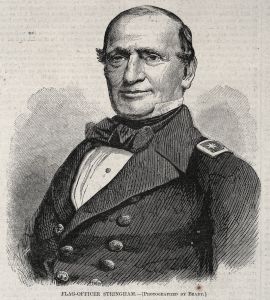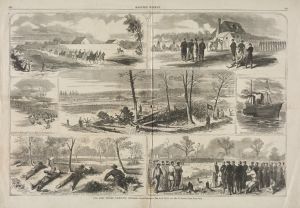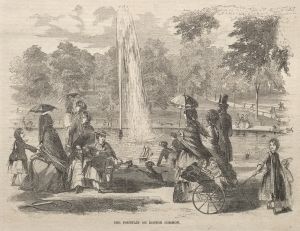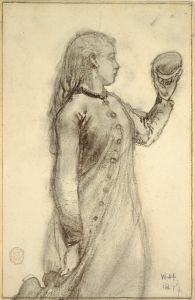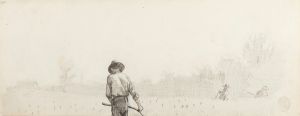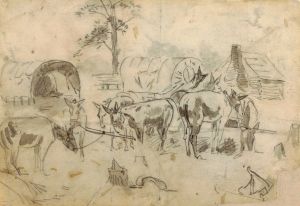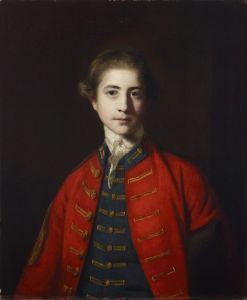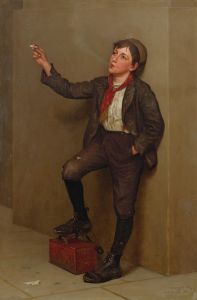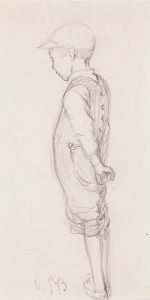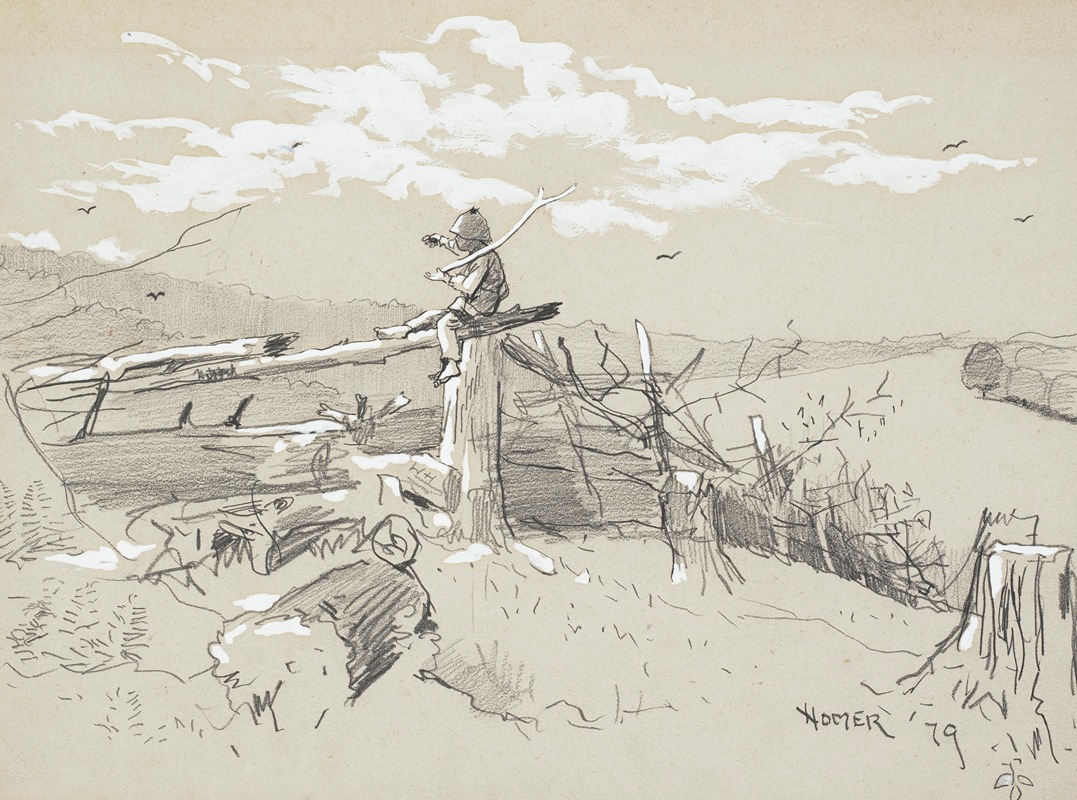
Boy with a Stick
A hand-painted replica of Winslow Homer’s masterpiece Boy with a Stick, meticulously crafted by professional artists to capture the true essence of the original. Each piece is created with museum-quality canvas and rare mineral pigments, carefully painted by experienced artists with delicate brushstrokes and rich, layered colors to perfectly recreate the texture of the original artwork. Unlike machine-printed reproductions, this hand-painted version brings the painting to life, infused with the artist’s emotions and skill in every stroke. Whether for personal collection or home decoration, it instantly elevates the artistic atmosphere of any space.
"Boy with a Stick" is a watercolor painting by the American artist Winslow Homer, created in 1881. Winslow Homer (1836–1910) is considered one of the foremost painters in 19th-century America and is best known for his marine subjects. His work is characterized by its strong narrative quality and the use of light and shadow to create mood and atmosphere.
"Boy with a Stick" depicts a young boy standing on a beach, holding a stick. The boy is dressed in simple, everyday clothing typical of the period, and he appears to be engaged in a moment of contemplation or play. The background features a serene coastal landscape, with the sea and sky blending into a harmonious palette of blues and grays. The composition is simple yet evocative, capturing a quiet moment of childhood.
Homer's use of watercolor in this painting is masterful, showcasing his ability to handle the medium with precision and subtlety. The transparency of the watercolor allows for delicate gradations of color and light, giving the scene a luminous quality. The brushwork is loose and fluid, yet controlled, creating a sense of spontaneity and naturalism.
The painting reflects Homer's interest in everyday life and his ability to find beauty in ordinary scenes. It also demonstrates his skill in capturing the essence of his subjects with economy and grace. "Boy with a Stick" is a fine example of Homer's work during the early 1880s, a period when he was increasingly turning to watercolor as his primary medium.
Homer's watercolors from this period often depict scenes of rural and coastal life, and they are noted for their freshness and immediacy. "Boy with a Stick" is no exception, offering a glimpse into the simple pleasures and quiet moments of life by the sea. The painting is part of a larger body of work that reflects Homer's deep connection to nature and his keen observational skills.
Today, "Boy with a Stick" is held in the collection of the Brooklyn Museum in New York. It is considered an important work within Homer's oeuvre and is admired for its technical excellence and emotional resonance. The painting continues to be studied and appreciated by art historians and enthusiasts alike, who value it for its contribution to American art and its representation of Homer's unique vision.
In summary, "Boy with a Stick" by Winslow Homer is a watercolor painting that captures a moment of quiet reflection on a beach. It showcases Homer's skill with the medium and his ability to find beauty in everyday scenes. The painting is held in the Brooklyn Museum and remains an important work in the study of American art.





